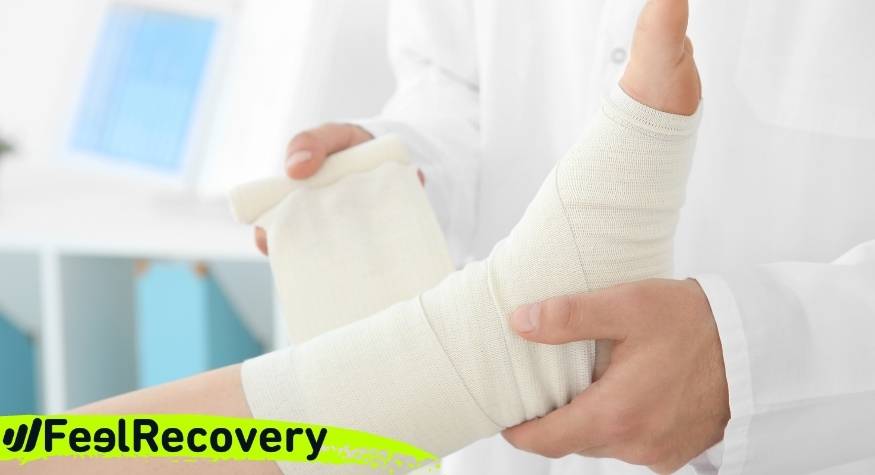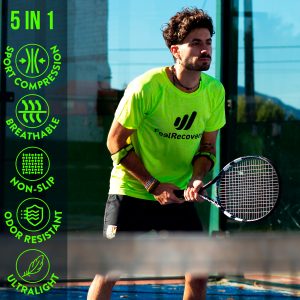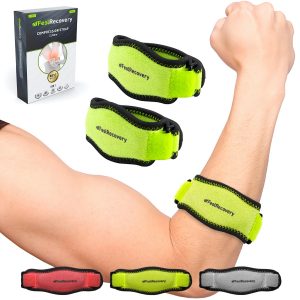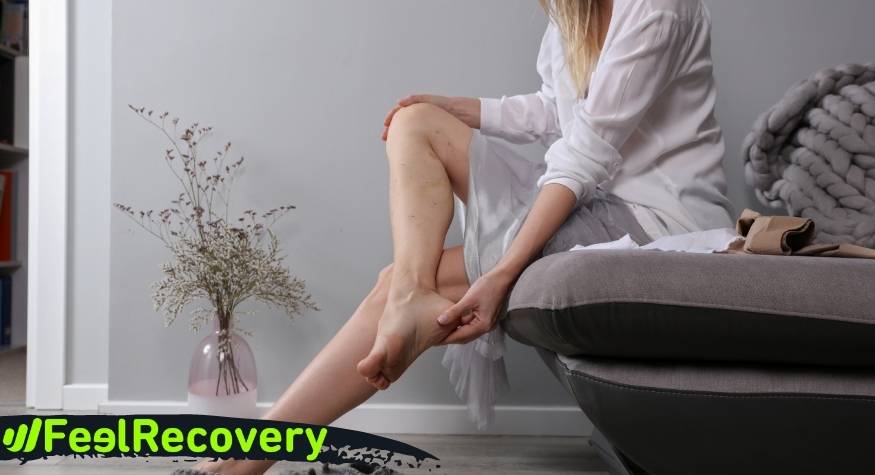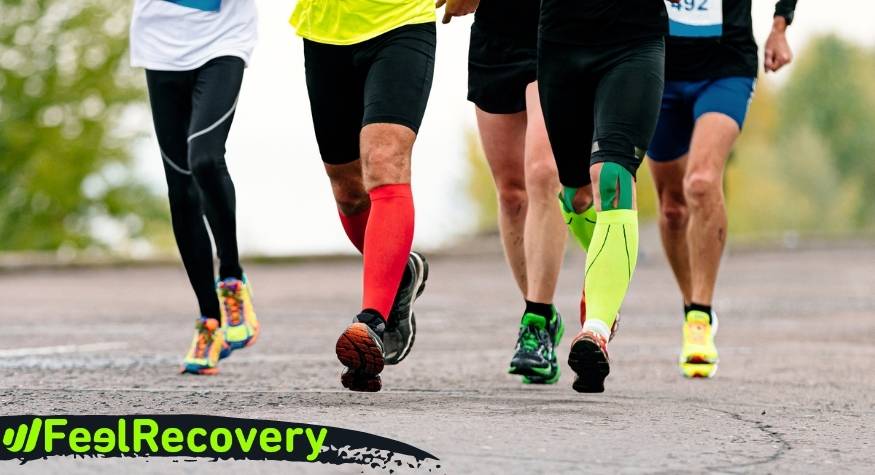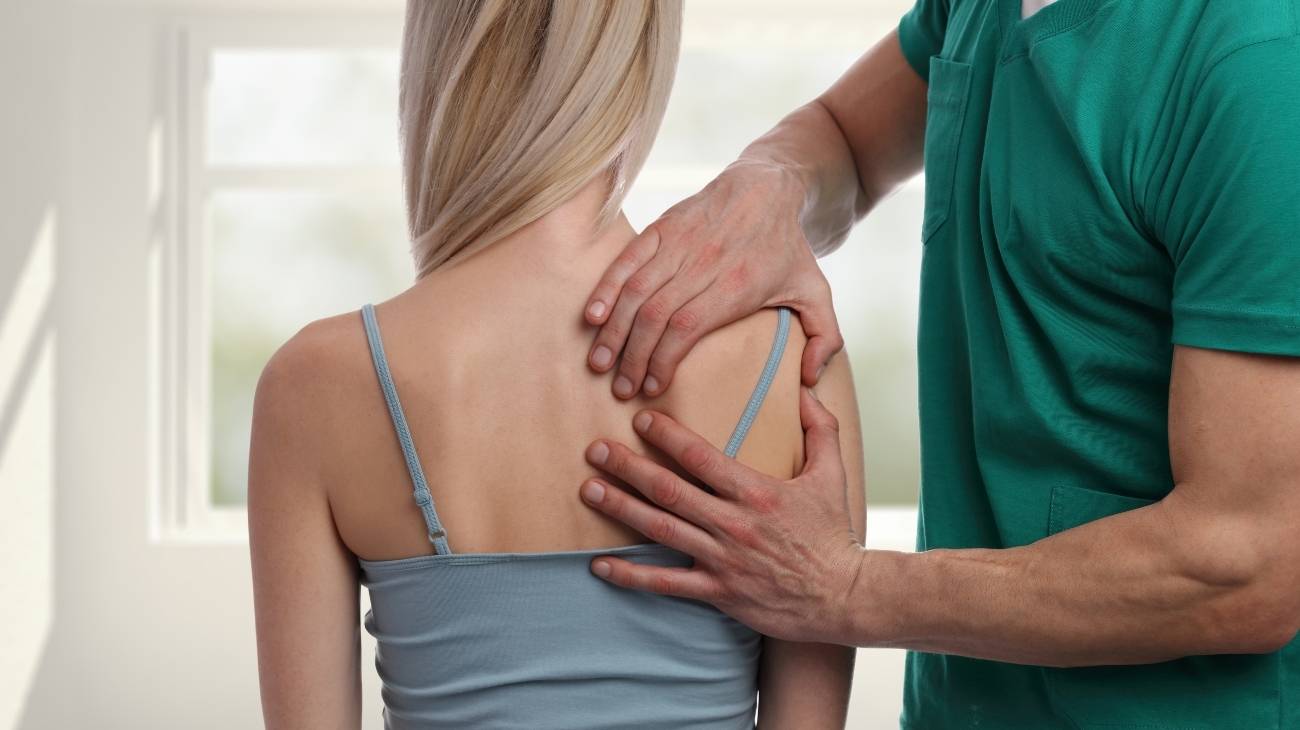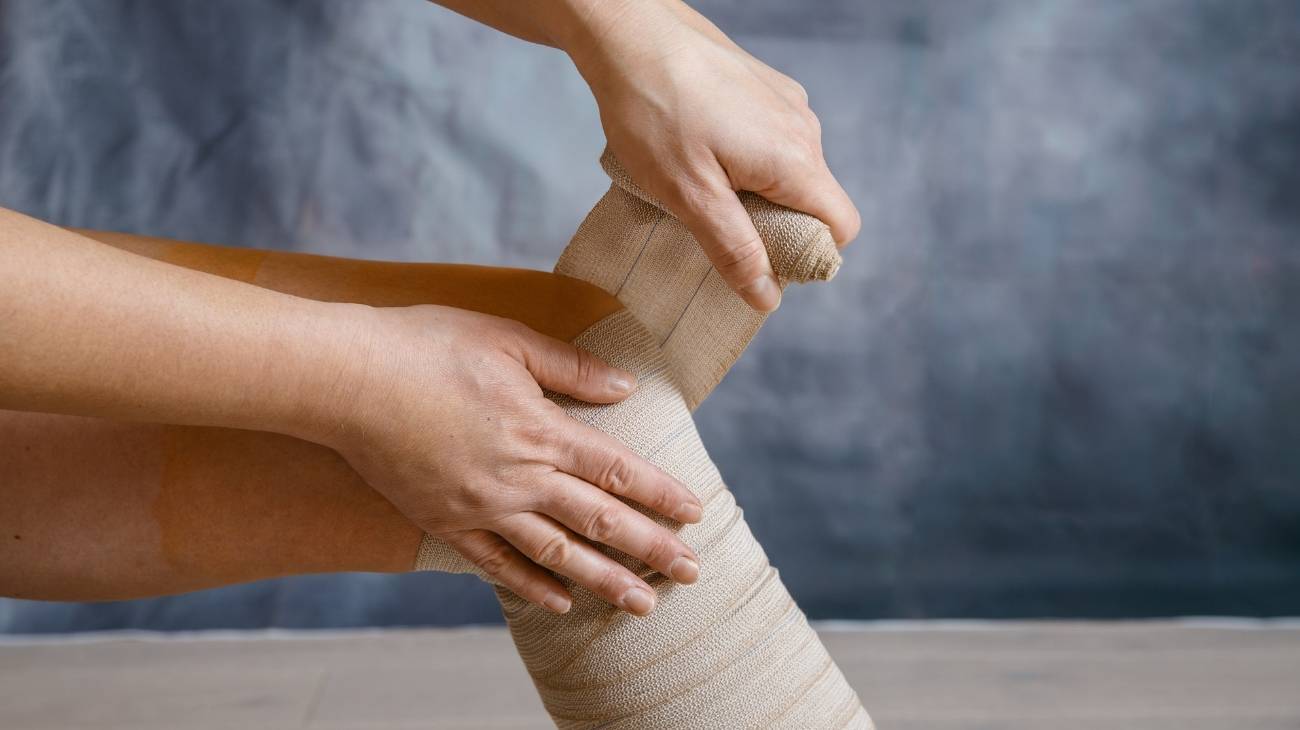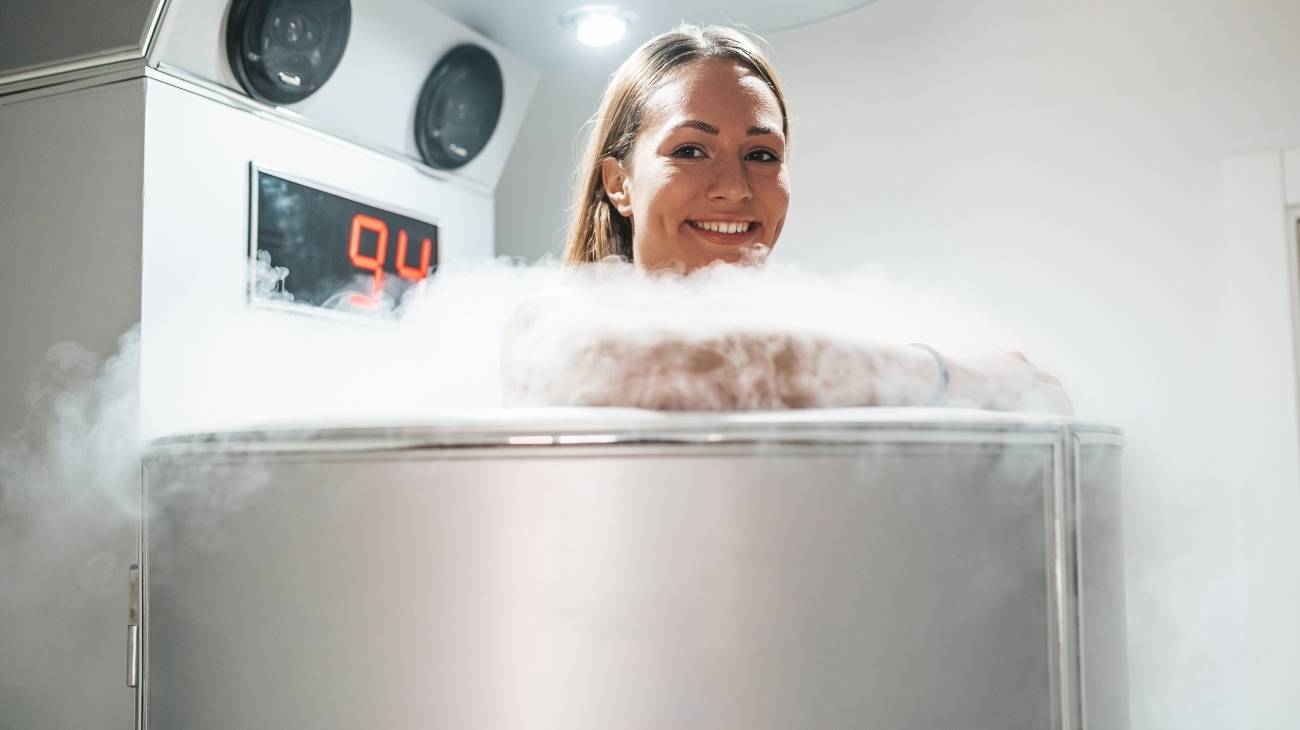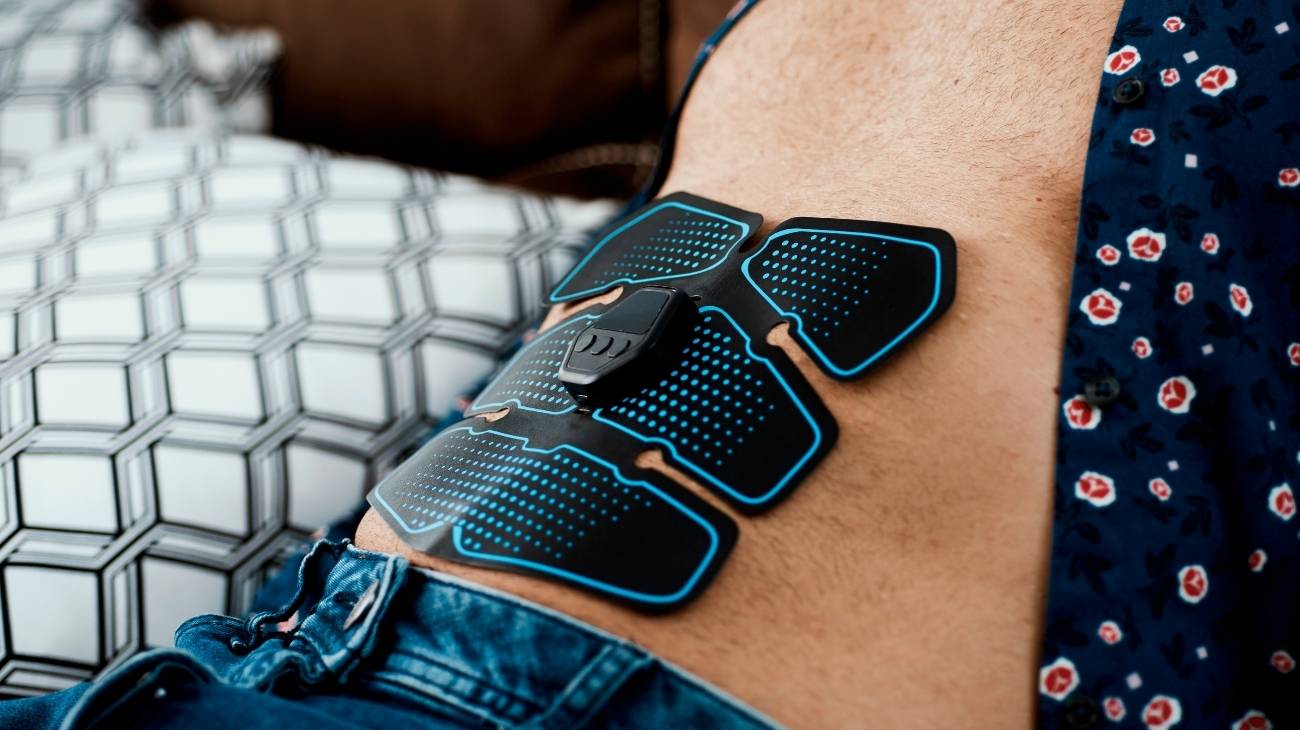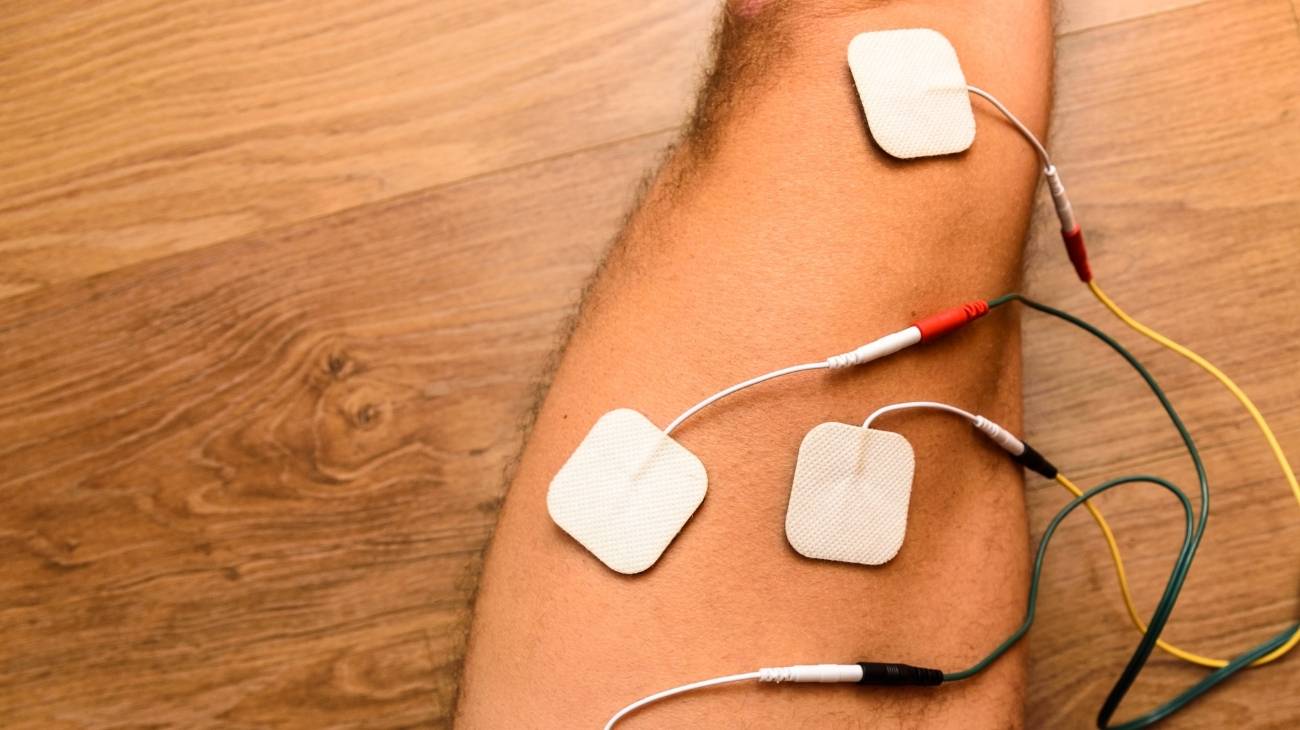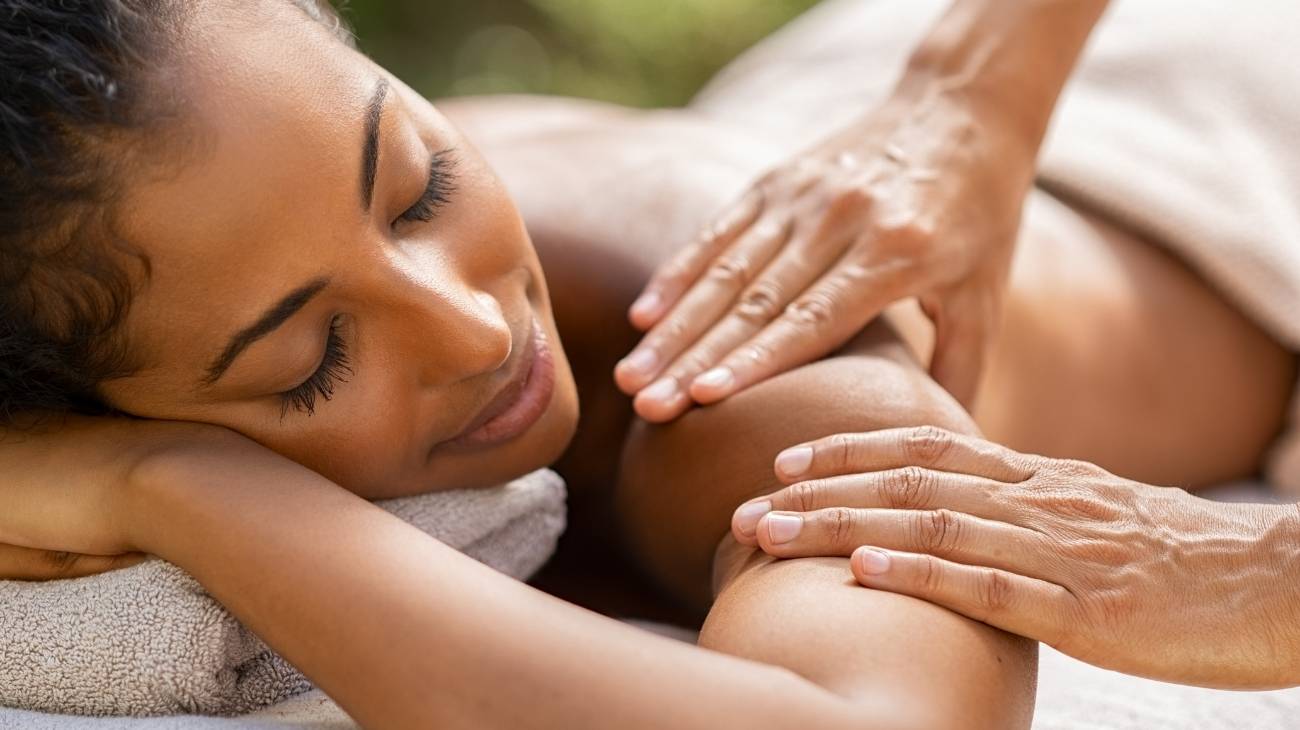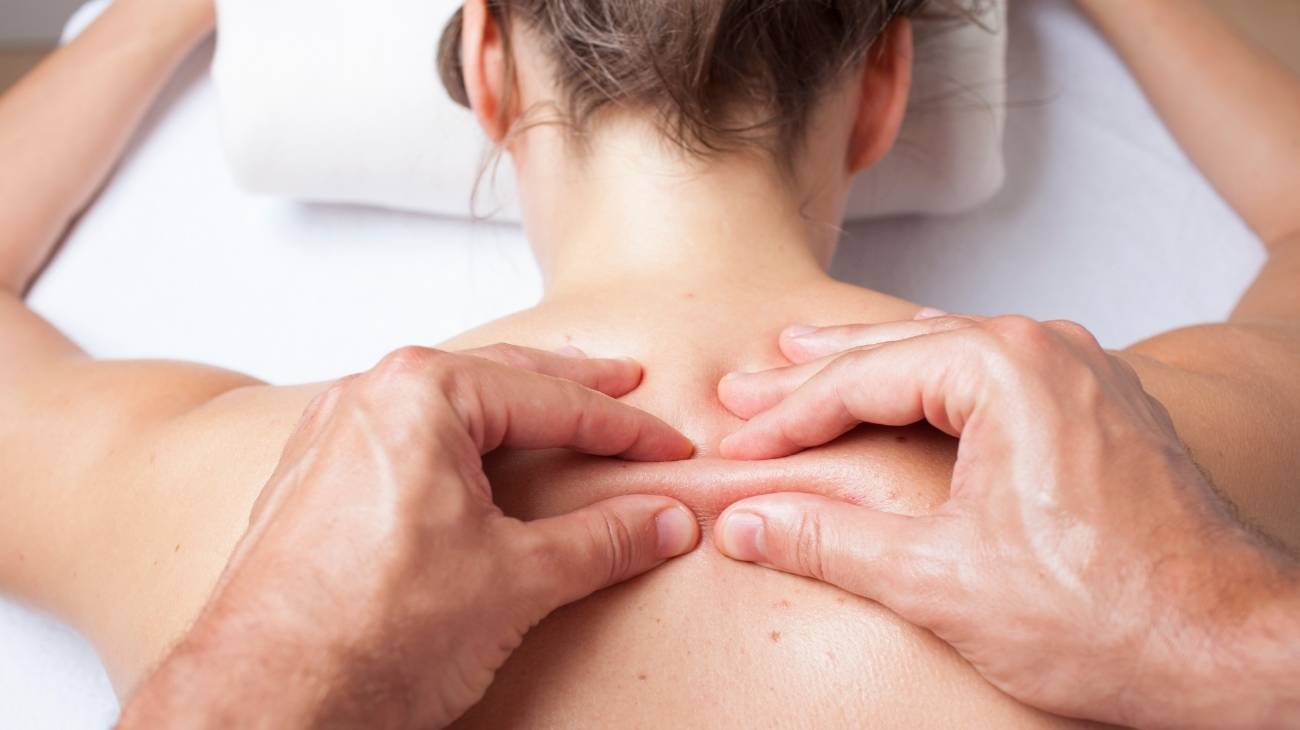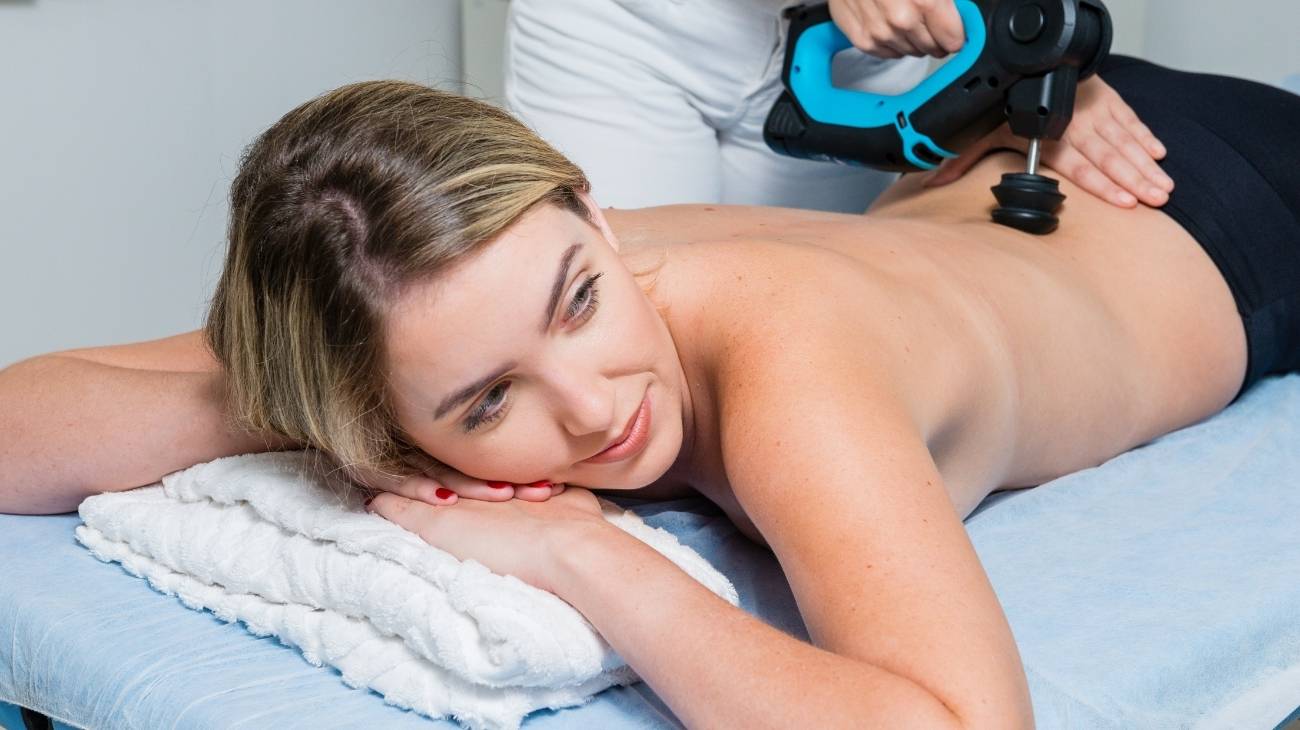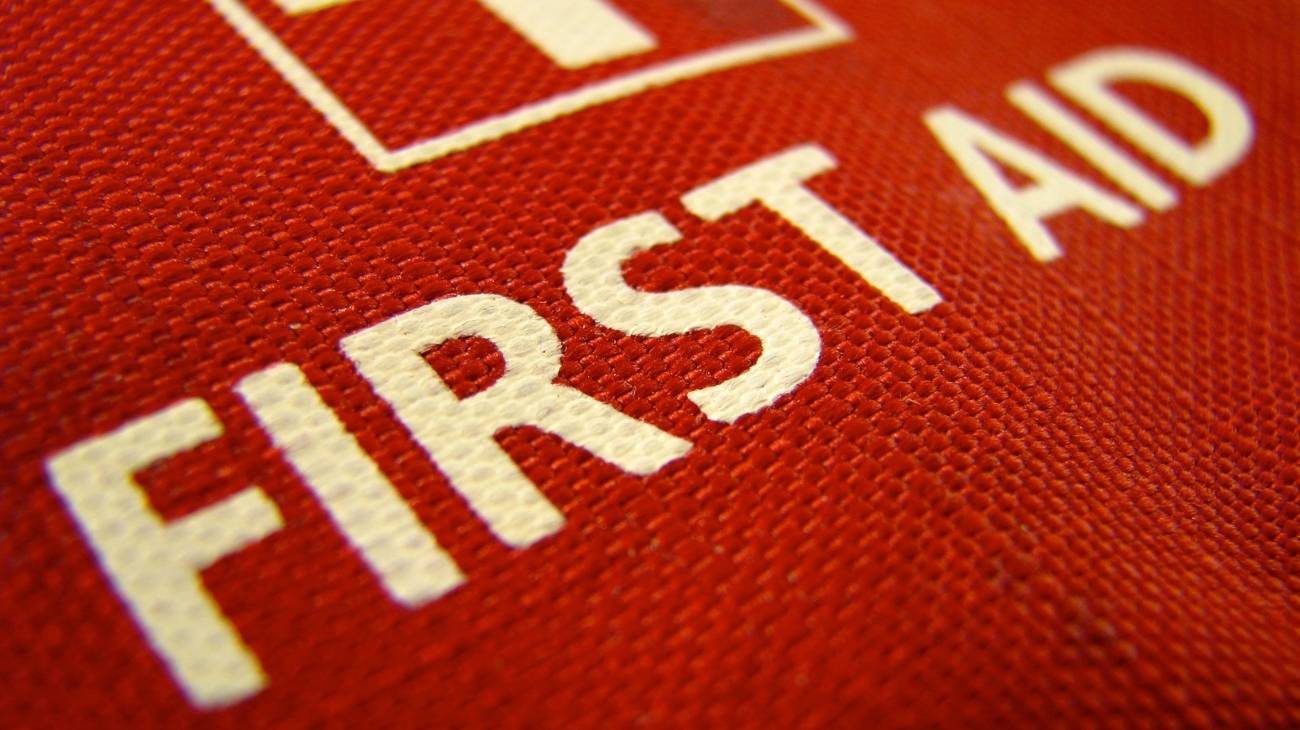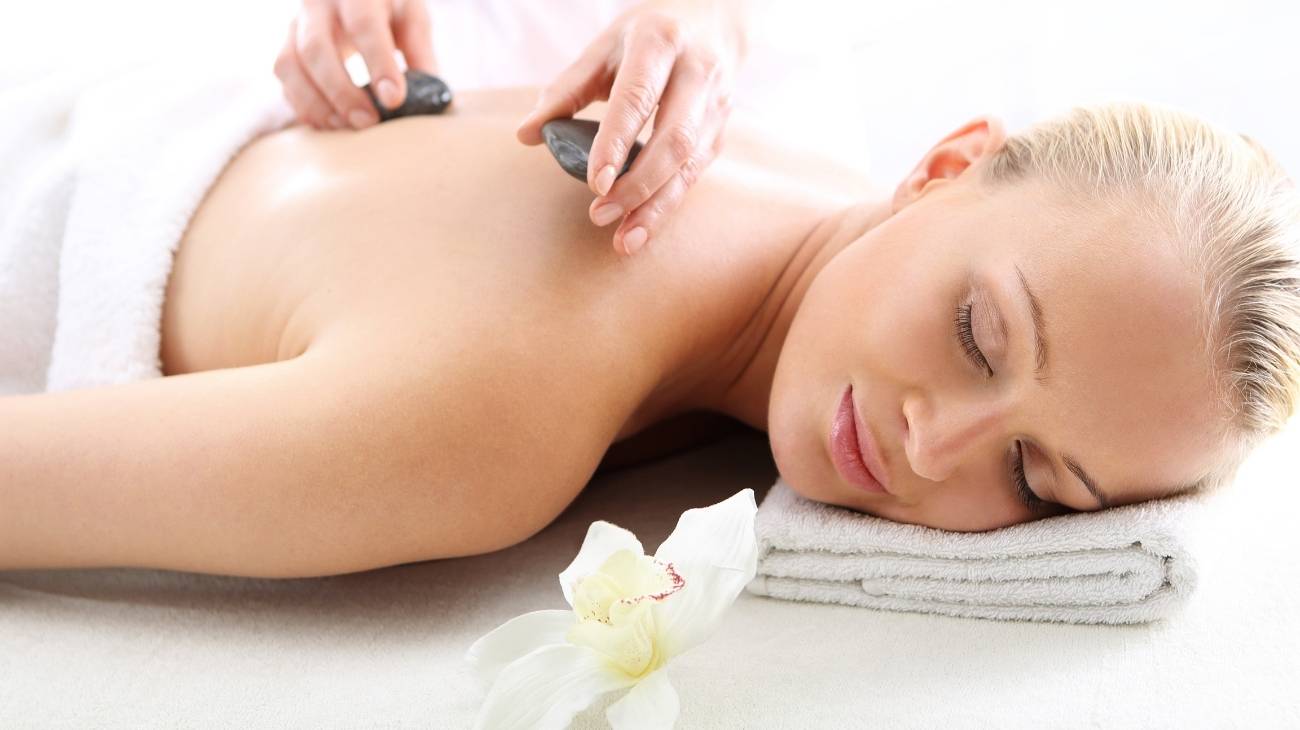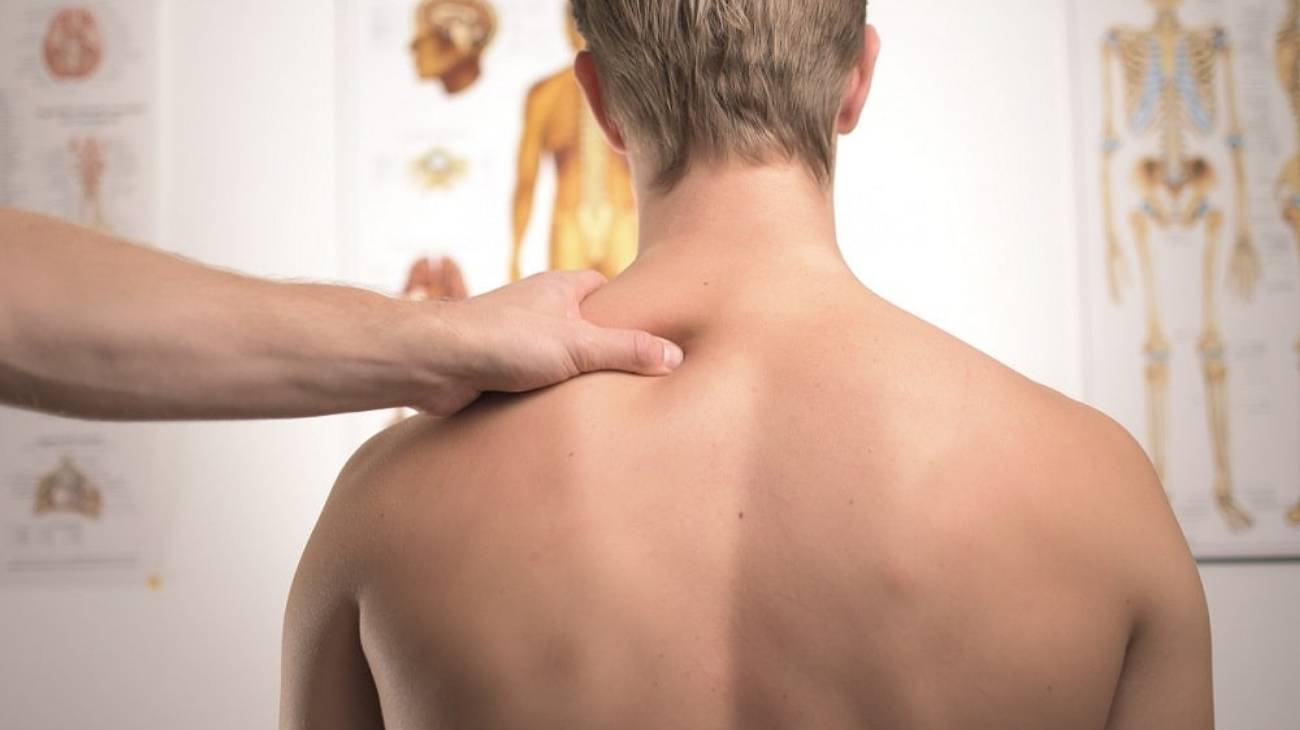- What is medical compression therapy and what does it consist of?
- What are the benefits of using compressive therapy?
- When is compression therapy recommended?
- Classes in medical compression and its uses in physical therapy
- What are the advantages of using compression sleeve and apparel in sports?
- F.A.Q: Frequently asked questions
Compression therapy, perhaps unknown as such to many, is a widely used medical resource. It uses bandages, compression sleeves and other clothings and there are variants that you may find even more useful, such as elasto-compression.
Do you want to know what this therapy consists of, how beneficial it can be according to pathologies and illnesses (there are various degrees or classes with different recommendations) and how it relates to sport? We are going to tell you everything here so that you have the best medical notions and know when or why you might need this resource.
What is medical compression therapy and what does it consist of?
This is an action typical of the medical sector that uses an elastic element, generally multi-layer bands or strong compression stockings, to exert pressure on a given area and have it controlled. The aim is to improve the speed of blood circulation and avoid stagnation thanks to the action of compression on the venous walls, which means many other improvements such as the correct functioning of the vascular wall, the deflation of the affected areas or an improvement in the metabolism of a tissue.
For this therapy to be effective, it requires application to a semi-permeable membrane so that water can pass through. This being the case, it is the ideal treatment both for reducing oedema and for healing ulcers, which are the best known objectives (although not the only ones, as we shall see).
The aim is to create a certain amount of lymph, which depends on how permeable the capillary wall is that we are compressing and on the degree of hydrostatic and oncotic (volume) pressure of the blood/tissue. A large hydrostatic difference helps filtration; if it is oncotic, it will cause reabsorption.
This unintentionally causes conditions to be recreated that benefit different chronic disorders, even though this is not their main purpose. The operation is based on a mathematical element known as Starling's equation, formulated in 1896.
It indicates that F=c(Pc-Pt)-(pic-pit), where:
- F: Net filtration force origin of the lymph.
- c: Filtration coefficient.
- Pc: Capillary pressure.
- Pt: Tissue pressure.
- pic: Capillary oncotic pressure.
- pit: Tissue oncotic pressure.
This equation is used to determine the balance between the different pressures in the area. It helps us to understand how the solvent plasma slides out of the bloodstream. Of course, it is named after physiologist Ernest Starling, who was able to identify that salt solutions are absorbed by osmotic pressure.
Its practice dates back many centuries, and its use in the treatment of oedemas in the first place and for other disorders such as lymphatic or venous disorders is reflected in it. For ulcers, which is where it is best known, it is the oldest known treatment and remains the most effective if there are no arterial irregularities.
As for what compressive therapy consists of, it is basically totally variable because, beyond compressing the desired area, the methods, degrees, styles, shapes and even materials differ.
The essence is, after a diagnosis and depending on the type of need, we calculate how much compression we should exert on the patient's affected area to reduce the discomfort and try to improve the situation. Also, of course, the duration must be quantified as well as defining the different observations to be given according to each case.
Of course, this means that although it can be very beneficial, there are also many ways in which it can be done wrong. For example, we can choose the wrong material or clothing, apply more or less pressure, the treatment is incompatible with other pathologies, the patient simply cannot tolerate the compressive action, etc. The result, in fact, could be a worsening of the problem that has led us to opt for compressive therapy. This is why it must be done with great care and sufficient knowledge.
Bestseller
-
2 Ankle Compression Sleeve (Pink/Bordeaux)
£20,95 -
2 Calf Compression Sleeve (Green/Navy)
£20,95 -
2 Elbow Compression Sleeve (Green/Navy)
£20,95 -
2 Knee Compression Sleeve (Black/Gray)
£20,95 -
2 Patella Knee Strap (Black/Gray)
£12,95 -
2 Tennis Elbow Brace (Green/Navy)
£12,95 -
2 Thigh Compression Sleeve (Pink/Bordeaux)
£20,95 -
Back Support Belt (Pink)
£39,95 -
Sacroiliac Support Belt (Pink)
£24,95 -
Shoulder Support Brace (Black)
£24,95 -
Sport Compression Socks (1 Pair) (Green/Navy)
£20,95
What are the benefits of using compressive therapy?
Although, we reiterate, this therapy is not totally established in our country, the truth is that the positive physical effects offered by the compression of tissues is undeniable, occurring at different levels.
In the arterial circulation
With regard to arterial circulation, although we must always use common sense, the truth is that there are no marked degrees of compression. Naturally, we will try not to prevent the flow of blood. In this case, the compression will be closely related to the systolic pressure. If this is low, high compression therapy is contraindicated. By moving in figures between 30 and 80 mmHg, for intermittent pneumatic systems, we can achieve, among other things, an increase in the arterial flow.
In the venous system
When standing, the venous pressure is on a par with the weight of the spine from foot to atrium, between 80 and 100 mmHg. A patient with suitable valves reduces this pressure by 10 to 20 mmHg. When this is not the case, the blood moves up and down where there are dysfunctional valves. With retrograde flow there is less pressure drop when walking. It goes into the tissues, producing oedema.
When the veins with unsuitable valves are compressed, the orthograde flow increases, which goes to the heart. At the same time, the venous flow is reduced and the volume of local blood is redistributed. A very good drainage of the deep venous system is also achieved. With it it increases the circulatory speed, which is improved.
A negative point in this case is that the cardiac preload increases and, with it, the cardiac output. If this can be a problem for the patient because of his medical history, bilateral thigh bandaging should be avoided especially.
With a smaller diameter of the larger veins, the flow will be faster (if the arterial flow is maintained). For example, lying down, with pressures exceeding 10 mmHg, we reduce the venous insufficiency, preventing the formation of thrombi. Standing up, on the other hand, we need much more compression (40 or 50 mmHg) if we want to maintain a marked effect on the flow because the pressure fluctuates.
In the oedematous tissue
An oedema is an accumulation of fluid in the extravascular. It occurs when there are complex interactions with permeability and gradients as protagonists. When compression is applied, the loss of capillary fluid that occurs should be counteracted. That is, the reduction of capillary leakage disappears. The local pressure increases and fluid is pushed into the veins and vessels to assist in reabsorption and thus decrease the oedema.
Nuclear medicine tells us that when we compress we lose more water than protein, increasing the oncotic pressure, easily re-accumulating the oedematous fluids. Depending on how much pressure we apply and the bandage, the internal volumes of lymphatic vessels, veins and arteries will vary.
The essence is that the external tissues are compressed more than the internal ones, by dissipation of the force that the compression sleeve exerts, which is dispersed towards the surrounding tissues. The recreation of certain conditions helps to cure disorders by using cytokines at high and low levels (anti-inflammatory and pro-inflammatory).
In the lymphatic system
Deep post-thrombus venous insufficiency results in a reduction of subfascial lymphatic transport, so that the lymphatic system no longer fulfils its function, which is to remove excess fluid from the tissues. To improve this transport, inelastic bandages are used and walking is also recommended. However, we must point out that one effect which also occurs is the reduction of pre-fascial lymphatic transport.
With a lasting compression, it is also possible to reverse the morphological changes of the vessels which may have occurred, such as extravasation or fragmentation. Be careful because the normalisation of the function of the lymphatic system has an impact on the reduction of oedemas; as you have read, everything is related.
In microcirculation
When you perform compression therapy you are accelerating the blood flow and helping to release leukocytes in the endothelium. Capillary filtration is reduced and increased resorption is achieved by increasing tissue pressure. You can avoid stiffening the lipodermatosclerotic areas where the tissue pressure becomes too high. The gradient increases and the skin softens.
We also assist in healing ulcers (and reducing pain) as compression reduces the level of vascular endothelial growth as well as tumour growth via reduction of serum cytokine.
When is compression therapy recommended?
You may have already deduced that compression of our body parts is recommended mainly for vascular and fluid drainage and movement problems. These can be very varied, although the ones that make most use of this practice are
- Venous ulcers: The damaged venous walls prevent blood from flowing back to the heart in an adequate manner. At high pressure, it is the most effective method to treat them.
- Oedemas: Obviously, oedema forms as a result of the problems we have described above, especially because of bad venous fluid and because our lymphatic system is deficient. If both situations are treated, you are treating the oedema both from those points and in itself; triple action!
- Primary degeneration of the valves in large veins: These are the ones that start the bloodstream so their good condition is essential.
- Post-thrombotic lesions: These cause the valves in the large veins to become unfit, causing the blood to oscillate where there are no valves.
- Propensity to clots: If you suffer from this, wearing compression sleeves regularly or periodically will help to speed up the flow of blood if it is slow or dense, thus preventing clots from forming.
- Scars: These, the result of ulcers, are generated more quickly with adequate compression.
- Varicose veins: These appear very often during pregnancy due to the physiognomic changes of the woman and can be easily disguised.
- Heart failure: The change in volume due to compression gives rise to blood volume, which leads to cardiac preload.
- Recurrence: If situations of the veno-lymphatic type have occurred and these reappear, compression should be used as a preventive measure.
- Improvement of muscle tone: It is not necessary to use this therapy in such a specific or medical way as for the treatment of the above. It is not news to anyone that compressive sleeves, sportswear and similar help to improve blood flow and tone. Furthermore, practising sport with this type of compression means greater safety in avoiding tears, for example.
- Recovery from injuries: In a similar way to the above, keeping each element in its place, advocating for its better functionality (for this it is necessary to calculate, effectively, the level of compression) will allow us to recover earlier and better from certain types of injuries.
Classes in medical compression and its uses in physical therapy
Understandably, the different pathologies and associated circumstances will demand that the compressive therapy be personalised. There is no single method for carrying out this therapy and, to begin with, it is divided into four classes. Then, considering other elements, we can choose to take more, less or different measures to suit the situation the patient is experiencing.
Class 1
It is the simplest and can be performed on an outpatient basis, without the need for medical diagnosis. The compression is light. It is generally preventive or improves a standard of living that could be affected later. It is considered safe in practically any situation.
It is used in simple cases such as:
- Prevention of thrombosis, venous thrombosis or varicose veins during pregnancy.
- The same applies to spending many hours in the same position.
- Reduction of fatigue in extremities and heaviness.
- Small varicose veins without oedema.
- Slight swelling.
- Postoperative treatment of varicose veins (in this case, obviously, the instruction YES must be given by the doctor in charge of the surgery).
The pressure is the lowest, between 20 and 30 mmHg (the values we give are always considering an ankle).
Class 2
In this case, the therapy must be indicated by a doctor after diagnosis. It is still performed on an outpatient basis if necessary, after consultation with your general practitioner. We consider it to be safe in the vast majority of situations, except if there are arterial problems or if you suffer or have suffered from thrombosis on a number of occasions.
We would go on to conditions of an average nature such as:
- Appearance of major varicose veins when pregnant.
- Varicose veins with small edema.
- Superficial veins with post-phlebitis.
- Post sclerotherapy treatment.
- Recurrent swelling.
- Post-scarring of small ulcers.
- Maintenance of tone.
In this case, the pressure (at the ankle, let us remember), would rise from 30 to 40 mmHg. There are also some extra considerations if there are situations such as suffering from cardiovascular aspects or others.
Class 3
Preferably, this should be done in a specialized room, in a hospital. It is an intense compression. Compression therapy at level 3 or class 3 should be carried out when the specialist has already treated problems such as those listed below.
The situations in which level 3 compression therapy should be used are:
- Varicose veins of considerable size including oedema.
- When large ulcers are healing.
- With post-traumatic oedema.
- Also with reversible lymphatic oedema.
- Permanent venous weakness.
Here, we would increase the pressure by moving between 40 and 50 mmHg.
Class 4
Finally, Class 4 of compression therapy would be applied in cases where the ability to act otherwise is not seen. This should be done by doctors in hospital.
These would be:
- Irreversible lymphatic oedemas.
- Severe post-thrombotic syndromes.
- Lipedemas.
Here we would reach up to 60 mmHg of pressure.
What are the advantages of using compression sleeve and apparel in sports?
Compressive therapy can also be beneficial when doing sport, both during and after activity. Although it is a medical therapy focused on other ills, the truth is that its benefits are equally enjoyable in this area. We would be delighted if you were to learn about some of the clothings used in compressive therapy and how to use them properly when doing sport.
As you can imagine, these clothings are made from materials that are able to maintain the shape and smoothness of our bodies through a level of compression that is far from rigid. They were first used in the medical sector. It was not until the end of the century that these clothes began to be used in sport, specifically in the elite. This is, of course, because the aim was to avoid possible tears during the practice or displacement when it was over.
These pieces of clothing are tightened to the body to put pressure on the muscles, so that the circulation of blood is favoured, increasing by up to 40%. The same applies to rest.
Compression sleeve are always recommended when practising sports. It is necessary to know how to choose the right one. You can even look for an increase in performance in daily training, for example, to speed up recovery and to achieve more visible effects thanks to increased oxygen pumping.
Of course, with it, we seek to prevent muscle breakdown. They are also suitable for preventing muscle and even joint vibration depending on the wave effect.
As you can imagine, these clothing differ from the bandages we see in hospitals when a compression is performed, being already a whole piece of clothing as such sold for this purpose. There are, in fact, several types, as they are:
- Compression socks
- Calf compression sleeve
- Ankle compression sleeve
- Elbow compression sleeve
- Knee compression sleeve
- Shoulder support
There are also other compression clothings that are not specifically sporting but medical, such as flat knitted socks, protective bandage, short stretch, multi-component, immobilising or partial support (rigid part), velcro etc.
Sales list of compression clothings for sport:
- Promotion of reflex venous vasoconstriction.
- Rapid recovery of the muscles when subjected to great effort.
- Massage of the skeletal muscles.
- This means a better fit with the hard areas.
- Maintenance of body heat.
- Transformation of steam into sweat, eliminating the uncomfortable and inadequate humidity from the equation.
- Fatigue takes longer to appear.
- Better and safer movements can be given, ideal for stretching and for those more risky practices.
- They facilitate intravenous return.
- Posture is corrected.
- Impacts are absorbed and we suffer less from vibrations.
- The blood circulates more and better and is oxygenated.
- Toxins that have accumulated are drained away.
- Resistance is gained.
- There is less chafing.
- Its good use improves sports performance.
F.A.Q: Frequently asked questions
References
- Ramelet, A. A. (2002). Compression therapy. Dermatologic Surgery, 28(1), 6-10. https://onlinelibrary.wiley.com/doi/abs/10.1046/j.1524-4725.2002.01181.x
- Choucair, M., & Phillips, T. J. (1998). Compression therapy. Dermatologic surgery, 24(1), 141-148. https://journals.lww.com/dermatologicsurgery/Abstract/1998/01000/Compression_Therapy.24.aspx
- Reich-Schupke, S., Murmann, F., Altmeyer, P., & Stücker, M. (2009). Quality of life and patients' view of compression therapy. International angiology, 28(5), 385. https://www.proquest.com/openview/03b442095bcc2e1bae4c4086e7a300f6/1?pq-origsite=gscholar&cbl=46530
- Dissemond, J., Assenheimer, B., Bültemann, A., Gerber, V., Gretener, S., Kohler‐von Siebenthal, E., ... & Partsch, H. (2016). Compression therapy in patients with venous leg ulcers. JDDG: Journal der Deutschen Dermatologischen Gesellschaft, 14(11), 1072-1087. https://onlinelibrary.wiley.com/doi/full/10.1111/ddg.13091
- Van den Kerckhove, E., & Anthonissen, M. (2020). Compression therapy and conservative strategies in scar management after burn injury. Textbook on Scar Management, 227-231. https://link.springer.com/chapter/10.1007/978-3-030-44766-3_27
- Kraemer, W. J., Bush, J. A., Wickham, R. B., Denegar, C. R., Gómez, A. L., Gotshalk, L. A., ... & Sebastianelli, W. J. (2001). Influence of compression therapy on symptoms following soft tissue injury from maximal eccentric exercise. Journal of Orthopaedic & Sports Physical Therapy, 31(6), 282-290. https://www.jospt.org/doi/abs/10.2519/jospt.2001.31.6.282
- Partsch, H. (1991). Compression therapy of the legs: a review. The Journal of dermatologic surgery and oncology, 17(10), 799-805. https://onlinelibrary.wiley.com/doi/abs/10.1111/j.1524-4725.1991.tb03263.x
- Xiong, Y., & Tao, X. (2018). Compression garments for medical therapy and sports. Polymers, 10(6), 663. https://www.mdpi.com/2073-4360/10/6/663
- Kraemer, W. J., French, D. N., & Spiering, B. A. (2004). Compression in the treatment of acute muscle injuries in sport. International SportMed Journal, 5(3), 200-208. https://journals.co.za/doi/abs/10.10520/EJC48556
- MacRae, B. A., Cotter, J. D., & Laing, R. M. (2011). Compression garments and exercise. Sports medicine, 41(10), 815-843. https://link.springer.com/article/10.2165/11591420-000000000-00000

